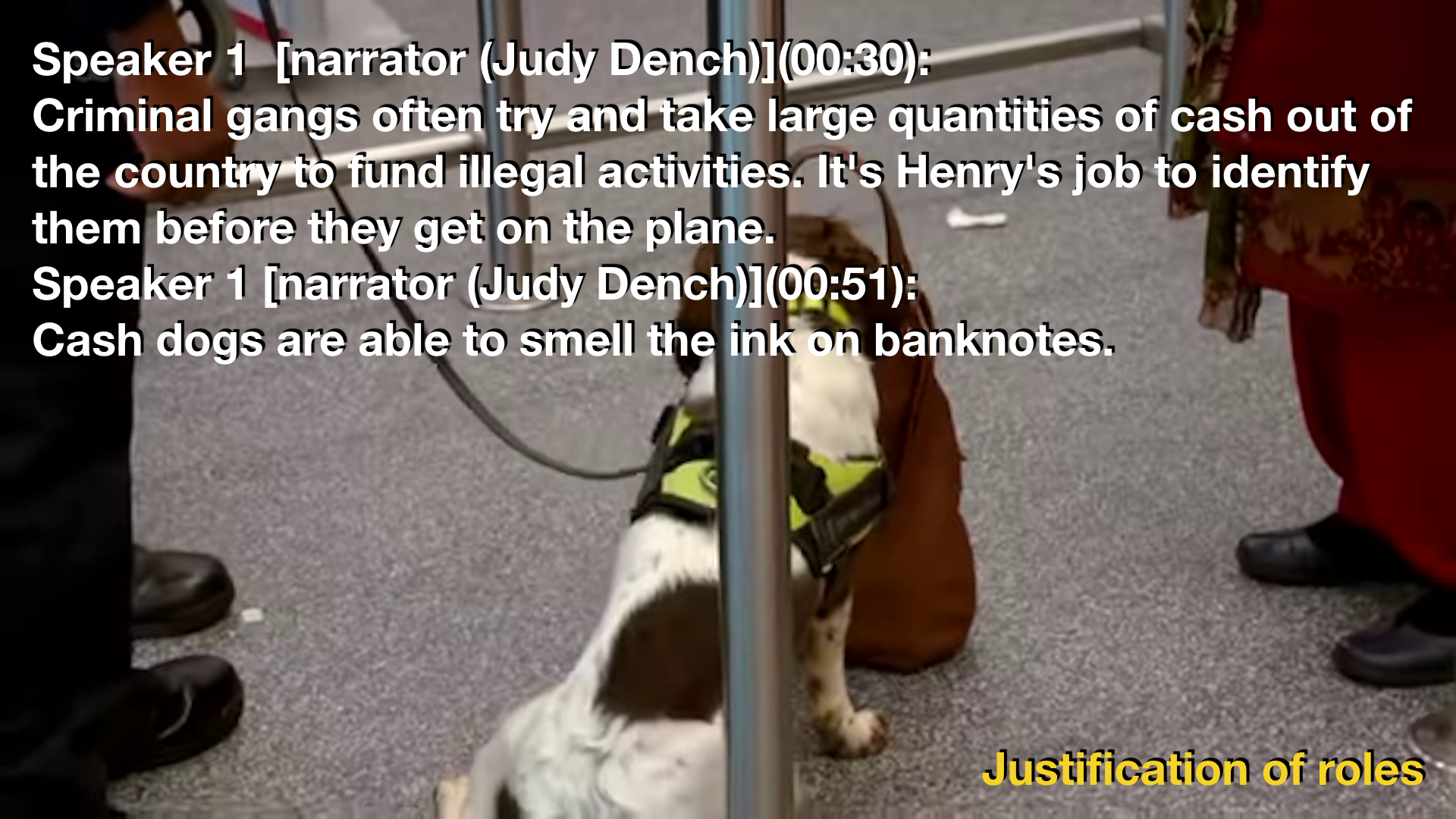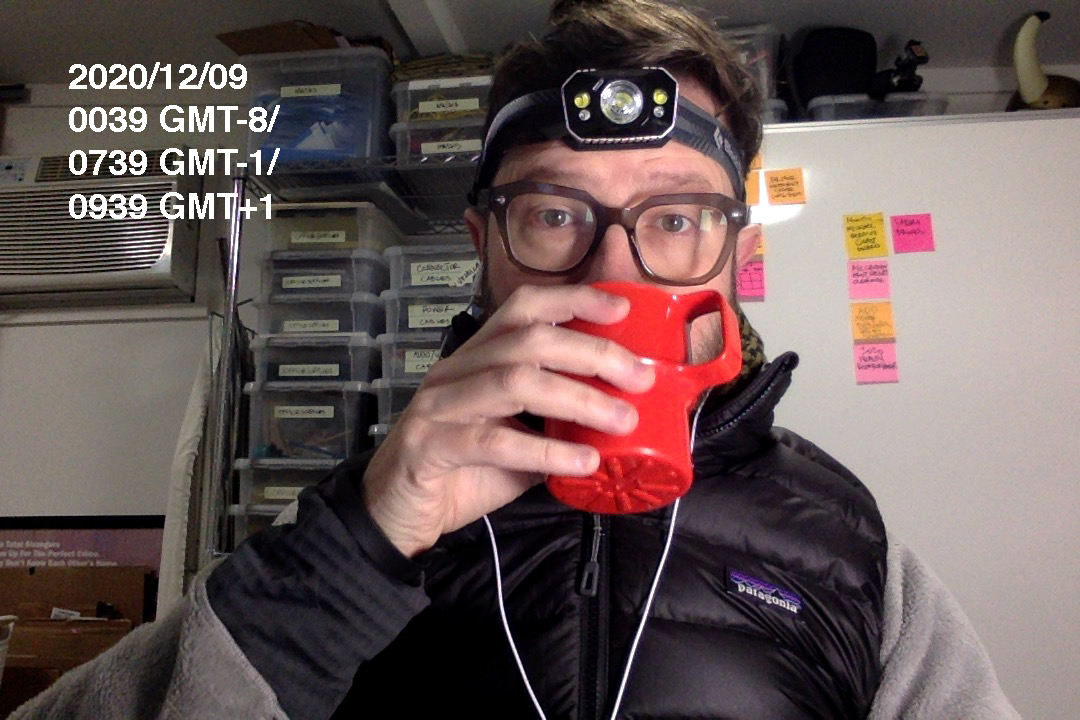Bureaucracksy
AboutIn December 2020 I participated in the Bureaucracksy work session sponsored by Constant in Brussels.
Typically, Constant work sessions are help in person. But in this case, owing to travel restrictions imposed by the SARS-CoV-2/COVID-19 coronavirus pandemic, participation was remote. As a United States citizen, these restrictions to travel were the first experience that I have had of being denied entry to, well, anywhere. So for the first time I was forced to look at borders and border control very differently, and more in a way that many others around the world are themselves forced to look at them all the time, not just in extremis. As such, I took borders as a topic of inquiry for the work session—a particularly relevant subject for any look into the world of bureaucracy.
My work focused on two areas. First, remote observation of borders and border control. And second, remote participation.
Remote observation of borders and border control
AboutAfter a great deal of academic reading on the subject of borders and border control, I found myself—as I often do—gravitating to a different source of information on the subject: YouTube. And I realized that, as with the If I Could See What You See project, borders are spaces often hidden from view but which can be seen through government PR and propaganda that can often be found online. For Bureaucracksy I tried to extend the work that my team had done in If I Could See What You See to develop video viewing and processing frameworks.
 Metaproject
Metaproject
Create a workflow for processing open-source video to use in bureaucracktic projects
Metaproject goal(s)
Create and document a processing workflow that can enable a participant with no background (or where there is no assumption that the participant has a background) to watch a video, take notes on what they see, and contribute to the bureaucracktic/bureaucracy-hacking project that they are supporting (see project below as an example).
Project
Create descriptions of immigration, customs, and border enforcement tactics, techniques, and procedures, in order to create countertactics, countertechniques, and counterprocedures
Project background
In addition to "serious" documentaries and news programs that document the many ongoing worldwide crises of migration from the global South to an often inhospitable global North, there are also rather more "sensational" documentary programs that also provide a point of view. Frequently these programs are produced with more cooperation or consent of government agencies, and as such they sometimes read as propaganda. At the same time, they can take us into spaces and give us access to individuals that we might not otherwise have.
Project goal(s)
Develop a domain specific processing workflow for watching "border" programs to create descriptions of immigration, customs, and border enforcement tactics, techniques, and procedures.
Instructions to all participants
Step one
Please watch one or more of these videos, process it, and document your processing process (if you only watch one video, please watch the first in the list):
Border Force Stop a Man With a Massive Amount of Cash! | Heathrow: Britain's Busiest Airport (00:06:55) https://www.youtube.com/watch?v=3NX31WBsNmE
Border Force Sniffer Dog Finds Drugs Hidden in a Package! | Heathrow: Britains Busiest Airport (00:05:55) https://www.youtube.com/watch?v=TbN9jeGXvBI
Border Force Try to Stop a Potential Sex Trafficking Situation | Heathrow: Britain's Busiest Airport (00:08:43) https://www.youtube.com/watch?v=Fu1_aztsFYk
By "process" I mean to describe what you see in the video that could help you (or another person) achieve the stated project goal (above).
By "document your processing process" I mean describe how you are watching the video and noting what you see in a way that could help you (or another person) achieve the state metaproject goals (above).
Step two (optional)
Please review the following: https://github.com/ificouldseewhatyousee/ificouldsee/wiki/Research:-Processing:-Images-and-Video
Please rewatch one or more of the videos above, process it, and document your processing process (again, if you only watch one video, please watch the first in the list).
This time, please note if how, if at all, the instructional material helped or hindered your work.
Remote participation
AboutAs a part of the world-wide experiment in pervasive remote work (at least remote knowledge work) that was undertaken during the SARS-CoV-2/COVID-19 coronavirus pandemic, to participate in the Bureaucracksy work session I did a week of "extreme" teleworking in which I shifted my internal clock from GMT-8—local time in Los Angeles—to GMT-1—local time in... the Azores? Cape Verde? GMT-1 turns out to be a strange time zone, according to how the time zone maps are drawn. And why didn't I shift to to GMT+1, local time from Brussels?
 One of the aspects of remote work that I have explored during the past year is that when one does not have to be in a physical place at a specific time, as long as one is up and functional at work time, that can fall at any time of "day"—or awake hours— or "night"—or sleep hours. So while the program of the work session started around 0930 GMT+1, it was fine for me if it started at 0730 GMT-1 because I wasn't really "there" anyway. In a sense, the time zones were irrelevant. I was set up to wake up a half hour before work started, to bed sixteen hours after I woke up, and sleep eight hours. So my bedtime was 1600 GMT-8 and my wake up time was 0000 GMT-8.
One of the aspects of remote work that I have explored during the past year is that when one does not have to be in a physical place at a specific time, as long as one is up and functional at work time, that can fall at any time of "day"—or awake hours— or "night"—or sleep hours. So while the program of the work session started around 0930 GMT+1, it was fine for me if it started at 0730 GMT-1 because I wasn't really "there" anyway. In a sense, the time zones were irrelevant. I was set up to wake up a half hour before work started, to bed sixteen hours after I woke up, and sleep eight hours. So my bedtime was 1600 GMT-8 and my wake up time was 0000 GMT-8.
Like all telework, this experience didn't fully replace in-person participation. But I was able to participate at at least 80%, and suffered little impact pre- or post-work session.